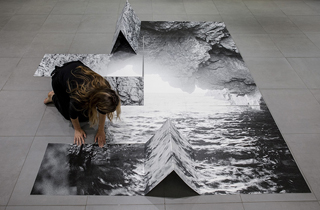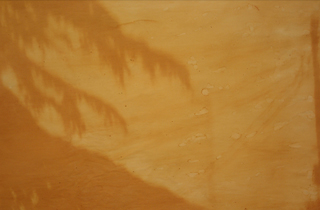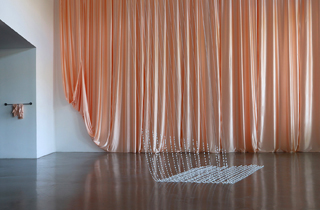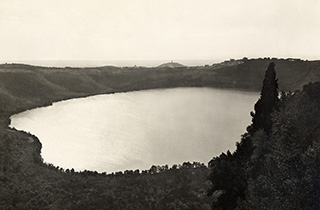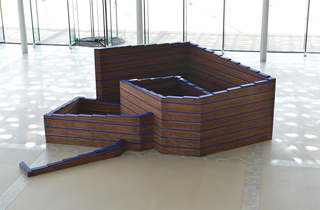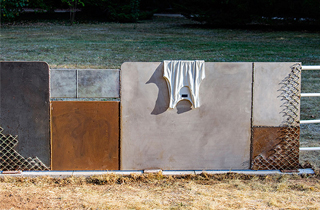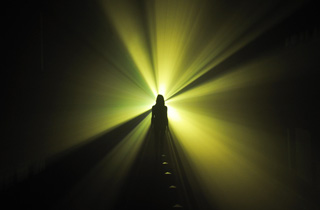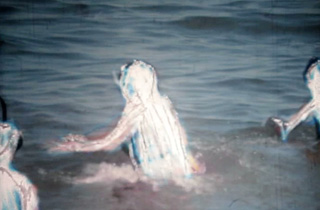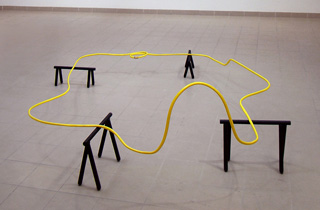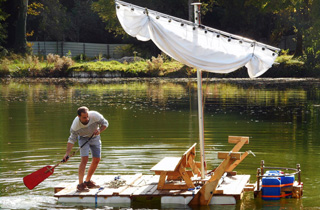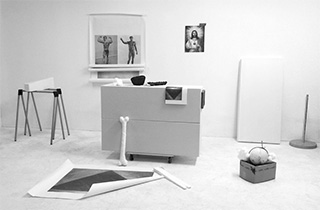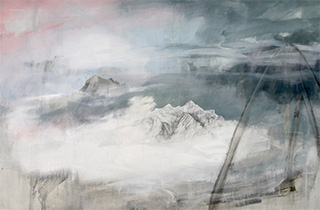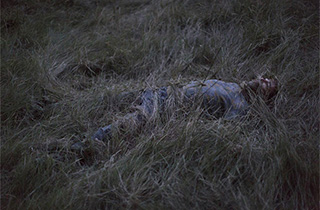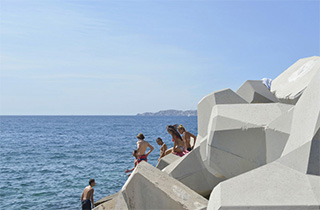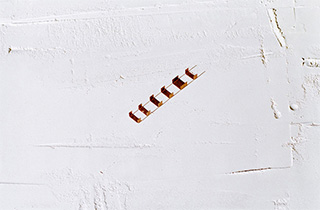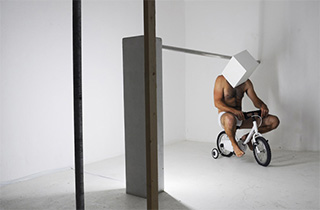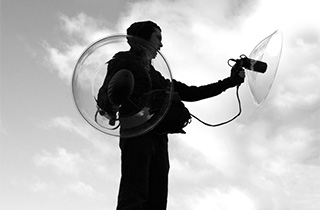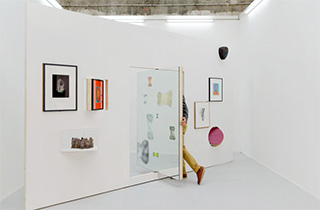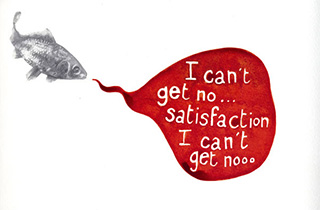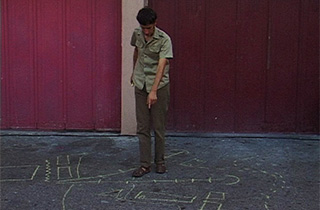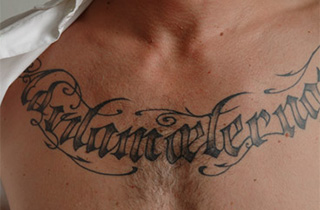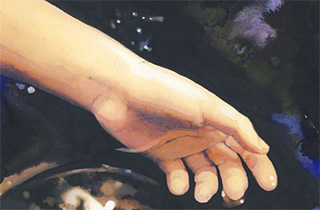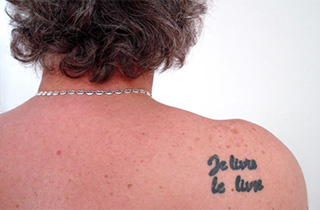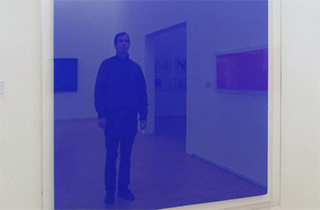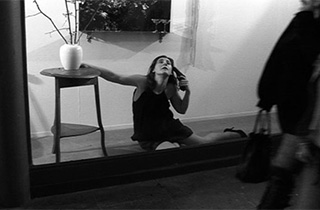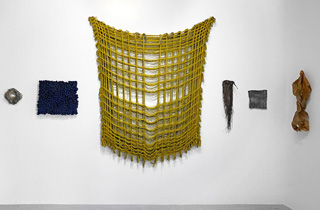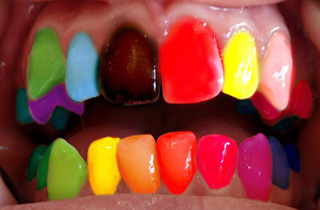
|
Marion Mahu
In Marion Mahu’s oeuvre there is a desire to work on the borderline between the transitory and the permanent, between the ruin and the building, between nomadism and dwelling-place. It is within this apparent contradiction that she develops a praxis involving drawing, video, and installation, associated with de/construction, absence and territory. In her work, architecture is often perceived as an environment, the place of human organization, but also as a history and a memory… In her series of drawings Dwell sur Aube, the project becomes, for the artist, a basic principle seen per se as a finalized element. The custom of the work-in-progress is also experimented with through projects such as Fast Fish, consisting in the forever re-enacted construction of a caravel with the help of items of furniture (cupboard, bed headboard,...). In her video Flying Dutchman, using synthetic imagery, Marion Mahu borrows from the “Marie Céleste”, a ghost boat found at sea without any of its crew in 1872. The sound of Edison’s first recording accompanies the discreet use of the ship and gives an inkling of its ghost-like presence.
In this work involving setting sail, and the at times disastrous energy which prompts human beings to want to be forever in control of their environment, it is the insatiable desire to conquer territories which is at issue.
|






















